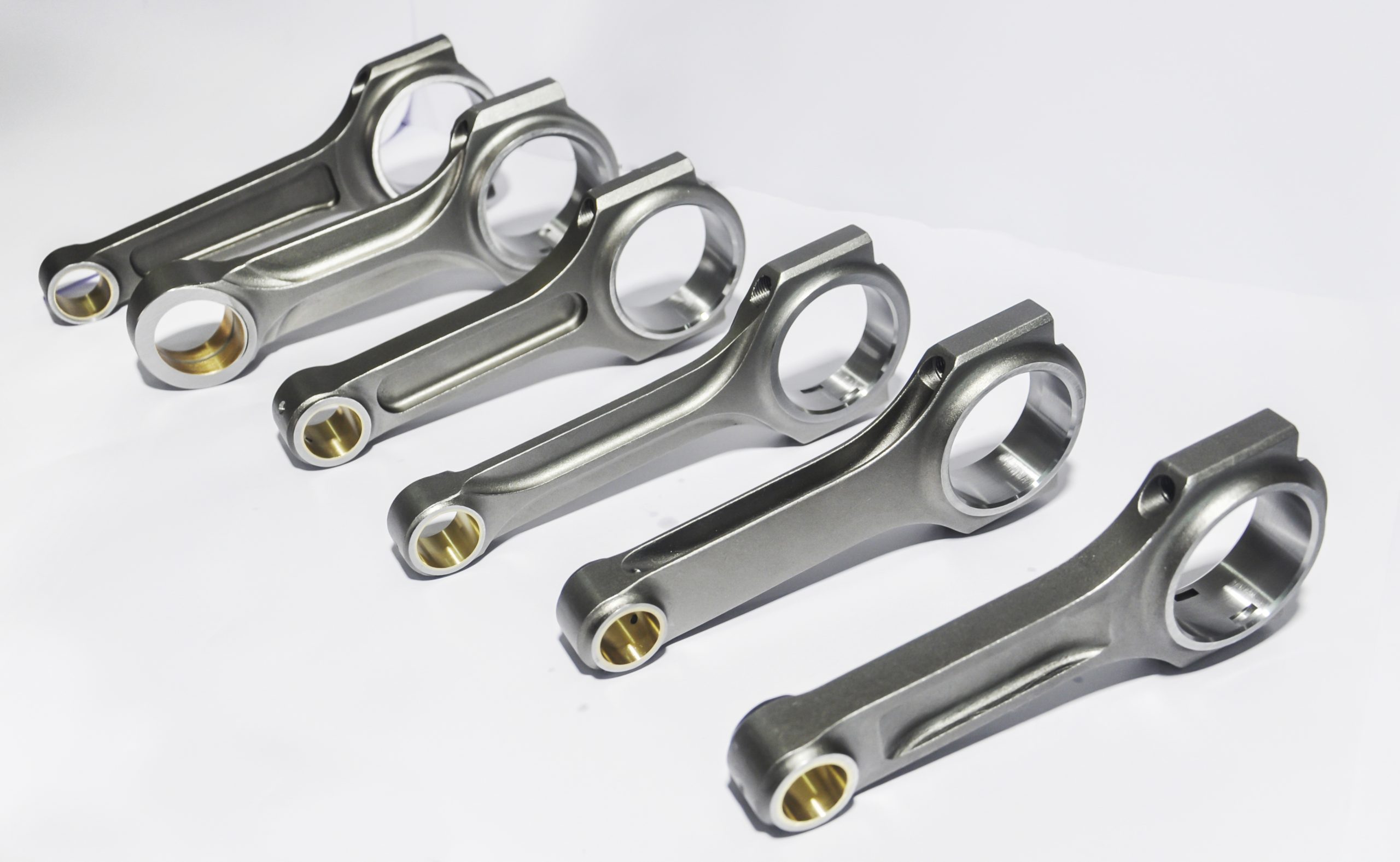Forged Connecting Rod: Unrivaled Performance in the Automotive World explores the importance of this essential engine component and how forging processes contribute to its superior performance and durability.
A connecting rod is a crucial element in an internal combustion engine, linking the piston to the crankshaft and converting reciprocating motion into rotational motion. Forged connecting rods are widely regarded as the gold standard in the automotive industry due to their exceptional strength and longevity.
Why choose a forged connecting rod? Forged connecting rods are known for their superior mechanical properties compared to other manufacturing methods. The forging process, which involves heating a piece of metal and shaping it using force or pressure, results in a denser and more homogeneous material structure. This increased density leads to improved tensile strength, fatigue resistance, and overall durability.
Materials matter: High-quality steel, such as 4340 or 300M, is commonly used in the production of forged connecting rods. These materials provide an excellent balance of strength, toughness, and fatigue resistance, making them ideal for high-performance applications.

Heat treatment for enhanced performance: After forging, the connecting rod undergoes heat treatment to further improve its mechanical properties. This process typically involves quenching and tempering, which refines the material’s microstructure, leading to enhanced hardness and toughness.
Precision machining and finishing: Following heat treatment, the connecting rod is precision-machined to achieve tight tolerances and an accurate fit within the engine. Machining operations such as milling, turning, drilling, and grinding ensure the connecting rod meets the required specifications and surface finishes.
Surface treatments for increased durability: To extend the service life of a forged connecting rod, manufacturers may apply surface treatments, such as shot peening or nitriding. These treatments can increase fatigue strength and wear resistance, further enhancing the component’s performance and longevity.
Quality control and inspection: Rigorous quality control measures are implemented throughout the manufacturing process to ensure the forged connecting rod meets or exceeds industry standards. Non-destructive testing methods, such as magnetic particle inspection or ultrasonic testing, may be employed to detect any potential defects or flaws in the part.
In summary, the forged connecting rod is a vital component in high-performance engines, offering unmatched strength, durability, and performance. By utilizing advanced forging techniques, material selection, heat treatment, and machining processes, manufacturers can create connecting rods that consistently outperform their counterparts.